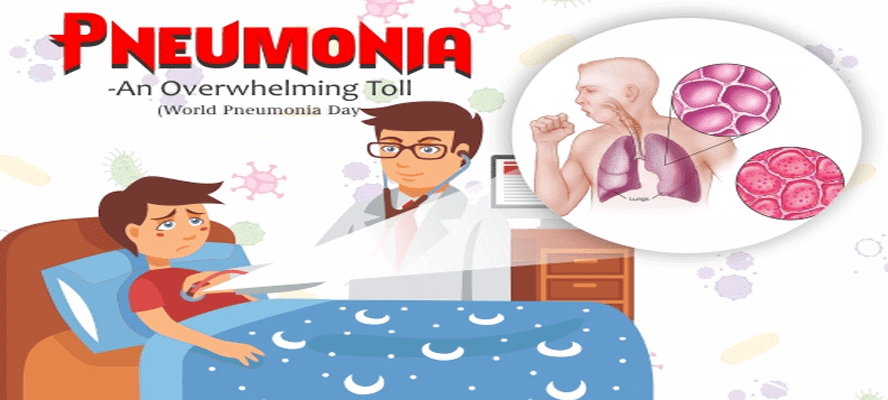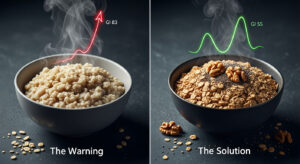What is pneumonia?
Pneumonia is one of the most solvable problems in global health and yet one child dies
from the infection every 20 seconds. On this World Pneumonia Day let us highlight the
severity of the disease and fight off this rival. It is an inflammation (swelling) of the air
sacs (alveoli) in the lungs and its surrounding tissue caused by infection. It often makes
you feel pale and weak, as if you are unwell and cause sudden high fever, coughing and
shortness of breath.








